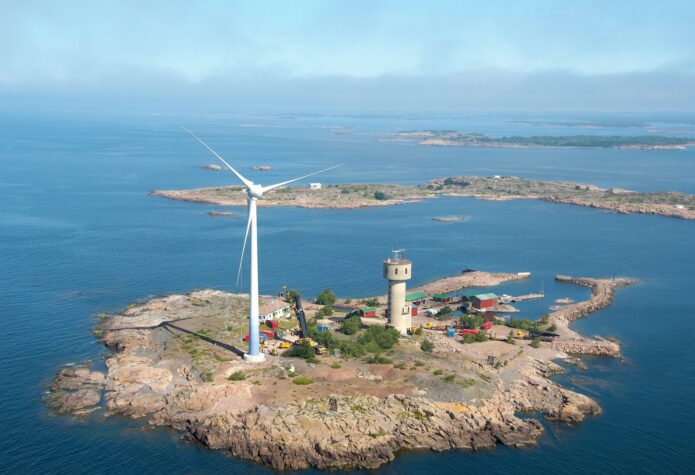Ensuring energy supply for the Åland Islands

With a new energy cable to connect the Åland Islands with mainland Finland, the archipelago receives a long-term solution for ensuring supply of energy and an opportunity to sell its wind-generated power on the regional market.
Currently the Åland Islands rely on up to 70% of its electricity being transferred via cable from Sweden. The cable connecting the islands with Sweden was taken into use in August 2000.
In December 2012, NIB and the local energy company Kraftnät Åland Ab signed a EUR 60 million loan in order to finance a new energy cable between the islands and mainland Finland.
The new subsea cable—expected to be ready for use in 2015—will connect Ytterby in Åland with Naantali on mainland Finland. The 160-kilometre long cable will have a capacity of 100 MW.
“As the demand for electricity is increasing, alternatives to the current reserve power stations are needed. The most economically viable solution is to build the cable connection with mainland Finland. This is a long-term solution as the cable is expected to be in use for 30–35 years,” says Jan Kahlroth, CEO of Kraftnät Åland.
The project is well underway although there are few visible signs yet. All the required permits are in place, the seabed analysis has been conducted and the cable route has been laid. Kraftnät Åland has also begun work on the grounds where the transmission stations will be built.
Kraftnät Åland Ab, established in 1997, is a government-owned company responsible for the transmission of electric energy on the Åland Islands. It owns and operates around 300 kilometres of transmission line and 18 substations. According to Mr Kahlroth, the NIB-financed project is the company’s largest project.
“The project requires large resources and it is very much bigger than any previous project. It is de facto the largest land-based project ever on the Åland Islands. We are very happy we made contact with NIB and that we were able to receive the financing for the project,” he continues.
In addition to ensuring energy supply on Åland the new cable also increases stability in the electricity market in the Nordic region by complementing already existing electricity interconnections between Finland and Sweden.
“By increasing the capacity between the Finnish and Swedish energy markets prices can be kept more stable as more electricity can be transferred from one country to the other to meet the demand instead of starting up costly power stations,” Mr Kahlroth explains.
Currently 22-25% of the energy produced on the Åland Islands is wind generated. The aim is to increase the share to 70%. Plans to meet that target already exist but decisions on support mechanisms are still pending. Excess wind power generated electricity can then be exported to Finland and Sweden.
“There is a demand for green energy and the Åland Islands are exceptionally well-suited for wind energy production. We are not only at the top level in Finland but also on a European scale,” Mr Kalhroth concludes.
